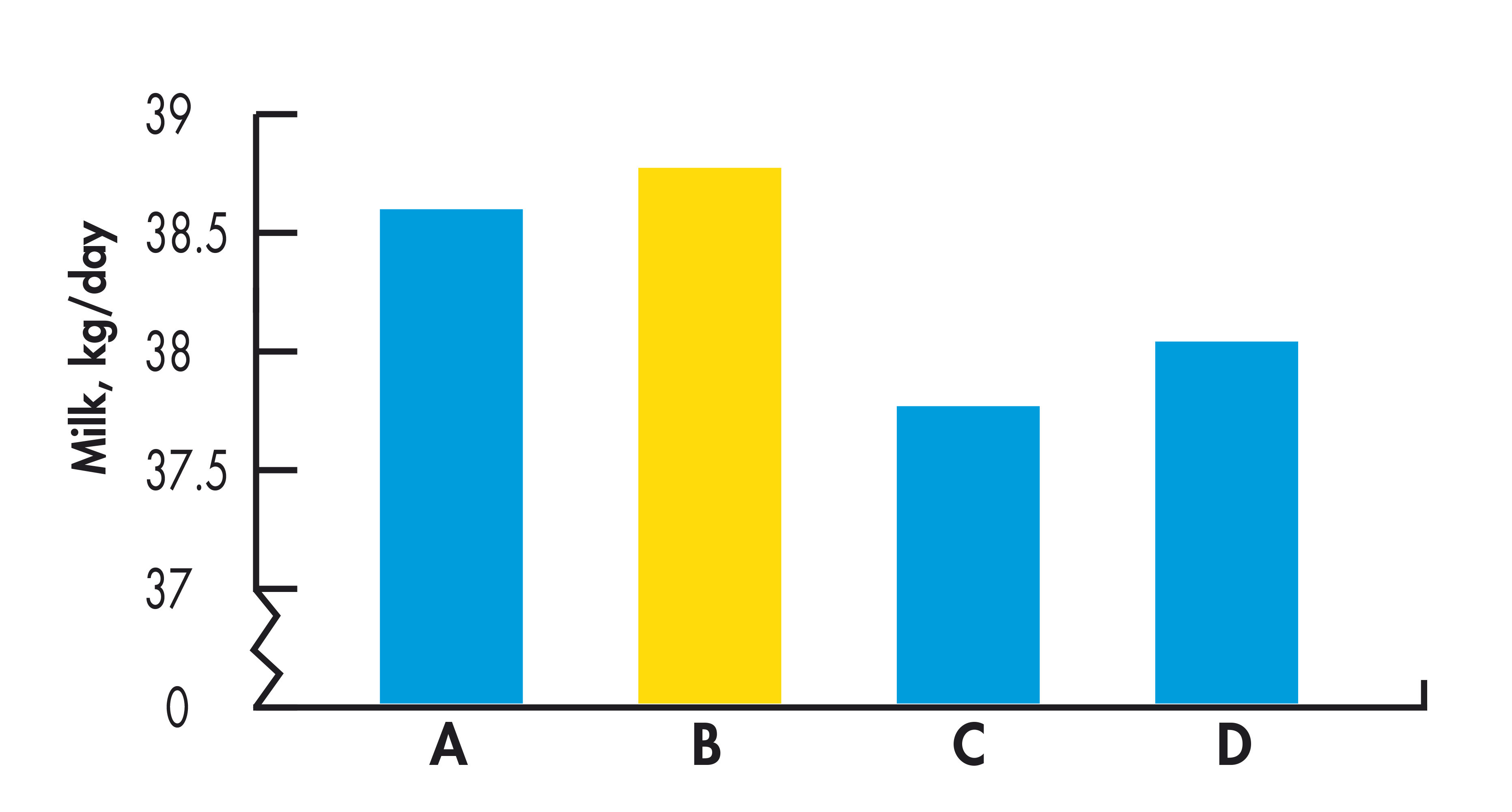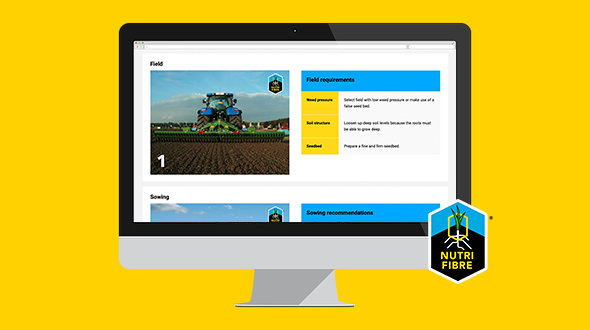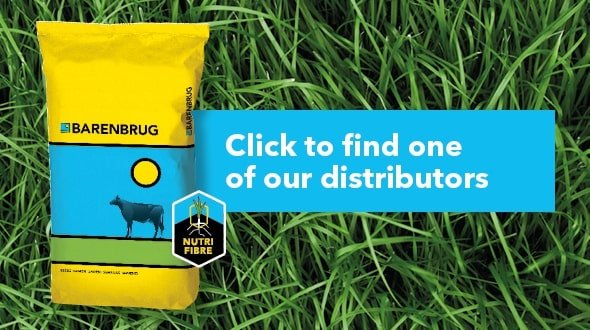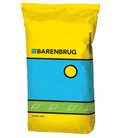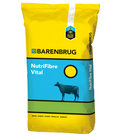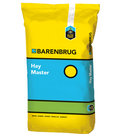It is important to sow NutriFibre® at the right time; this decision will have great impact on the results over the years. Because the soil temperature should be above 12 °C at the time of sowing, it is advisable to sow NutriFibre® between March 1st and September 15th. Optimal results require proper soil cover, 50 kilograms of seed per hectare.
Weed control
NutriFibre® puts a lot of energy into the development of its root system. This explains why its above ground development is slower immediately after sowing. Controlling weeds at an early stage is important. As of the second season, the grasses will thrive and surpass the yield of all other species of grass.
Flexibility in cutting times
Cutting times are flexible because the quality of the feed value of NutriFibre® decreases more slowly when the crop matures than, for example, with perennial ryegrass or festulolium. This makes farmers less dependent on the weather, providing a better guarantee for making successful silage.




